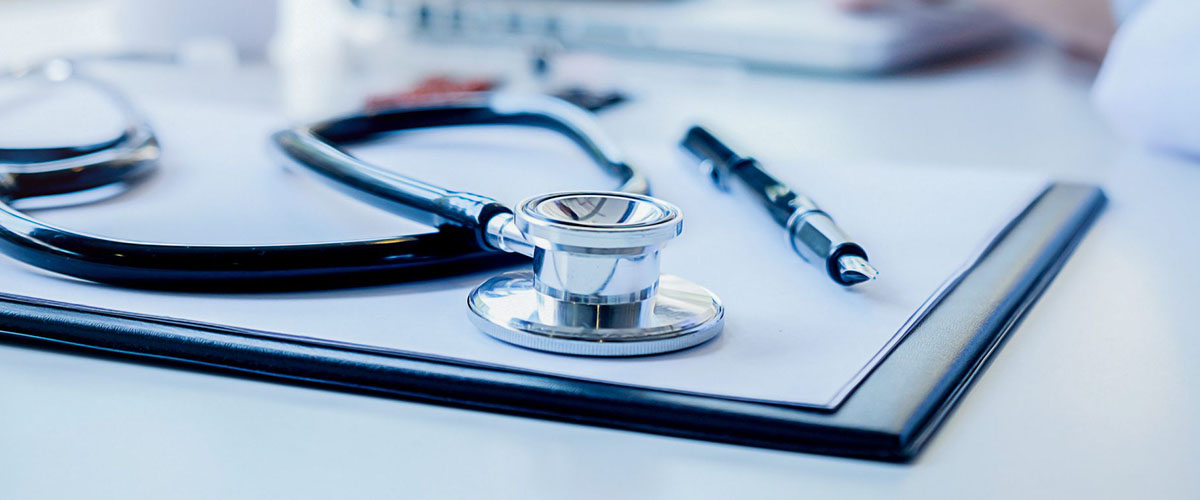Clinical Evaluation Report
A Clinical Evaluation Report (CER) is a document that consists of the conclusions of a clinical evaluation of the medical device. A CER consists of analyzed clinical data that was collected from a literature, clinical experience and/or clinical investigation of the device, or the results of other studies on substantially equivalent devices. Clinical Evaluation Report can be produced after collecting data which is sufficient and can declare a conformity with the relevant Essential Principles.
-

-
STAGE 00 : Focus, perspective, and context of the clinical evaluation must be presented
- This includes, for example: a description of the product to be evaluated and its purpose, as well as the technical and medical background. Based on this, a plan for the clinical evaluation ("clinical evaluation plan") is formulated containing a reference to the fundamental requirements for the fulfillment of which evidence must be provided.
-
STAGE 01 : Clinical Data retrieved from literature, and/or clinical experience and/or clinical investigation
1. Literature Search
-
A literature search is a systematic approach that can be used to gather literature or data relevant to a specific topic. Data relevant to a clinical evaluation may be held by the manufacturer or in the scientific literature. It is the responsibility of the manufacturer to identify data relevant to the device and determine types and extent of data needed for the clinical evaluation. A protocol describing the process of the literature search should be developed prior to conducting the literature search. A comprehensive search should then be carried out by adhering to the protocol and a report should be compiled to present the search result upon completing the literature search.
Not only clinical data on the product itself, but also clinical data from the literature sources on sufficiently similar reference products may be used to evaluate performance and safety. The degree of equivalence must be shown in respect to three aspects: clinical, technical and biological aspects.
2. Clinical Experience
- Clinical experience is information obtained from the clinical use of a medical device other than the conduct of clinical investigation. These types of information may include :
- 1) Post Market Surveillance Reports(PMSR), Registries or Cohort studies generated by the manufacturer
- 2) Adverse Events(AE) Databases
- 3) Data for the device in question generated from individual patients under compassionate usage programs prior to the marketing of the device
- 4) Details of clinically relevant field corrective actions (e.g. recalls, notifications, hazard alerts)
- This data is especially useful in identifying less common but serious device-related adverse events and providing long-term information on the safety and performance of a device. It is also useful for low-risk devices that are based on long-standing and well-characterized technology which are unlikely to be the subject of reports in the scientific literature or clinical investigation.
3. Clinical Investigation
- A clinical investigation is defined as “any systematic investigation or study in or on one or more human subjects, undertaken to assess the safety and/or performance of a medical device” and it must be carried out in accordance with the Declaration of Helsinki to protect the rights; safety and well being of subjects participate in the clinical investigation.
-
*ISO 14155(2011)
Clinical Investigation of Medical Devices for Human Subjects : Good Clinical Practice provides the general principles and guidelines for the design, conduct, record and report of clinical investigations conducted in human subjects and it should be followed as far as possible whenever a clinical investigation is conducted.
-
A literature search is a systematic approach that can be used to gather literature or data relevant to a specific topic. Data relevant to a clinical evaluation may be held by the manufacturer or in the scientific literature. It is the responsibility of the manufacturer to identify data relevant to the device and determine types and extent of data needed for the clinical evaluation. A protocol describing the process of the literature search should be developed prior to conducting the literature search. A comprehensive search should then be carried out by adhering to the protocol and a report should be compiled to present the search result upon completing the literature search.
-
STAGE 02 : Appraisal of the clinical data
- Appraisal is a systematic process used to understand the strength and limitation of the clinical data. Each set of clinical data is appraised to determine its suitability to address the study questions and its contribution to establish the safety and performance of the device. The methodology for the appraisal of clinical data varies from one study to another and there is no single well-defined method to appraise clinical data. Thus, it is dependent upon the evaluator to identify the appropriate method to be adopted based on relevant clinical data.
-
STAGE 03 : Analysis of clinical data
- The analysis of clinical data is conducted to determine whether the appraised data is able to demonstrate the safety and performance of the device in relation to its intended use. The results of analysis may suggest a change in the labeling, patient information and instructions for use of the device. However, if the manufacturer concludes that the clinical evidence is insufficient for the declaration of conformity with the Essential Requirements, the manufacturer will need to gather additional information by broadening the scope of the search or conducting clinical investigations to address the inadequacy.
-
STAGE 04 : Clinical Evaluation Report(CER)
- Clinical Evaluation Report (CER) is being prepared after all necessary sufficient data is collected.
-


